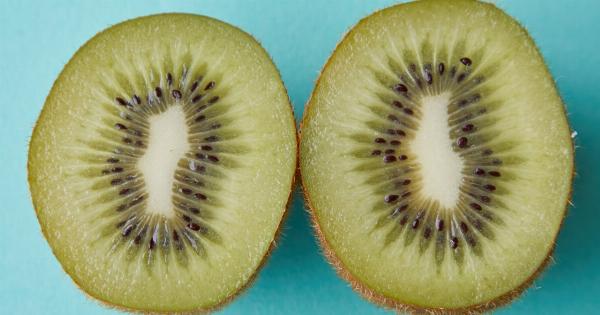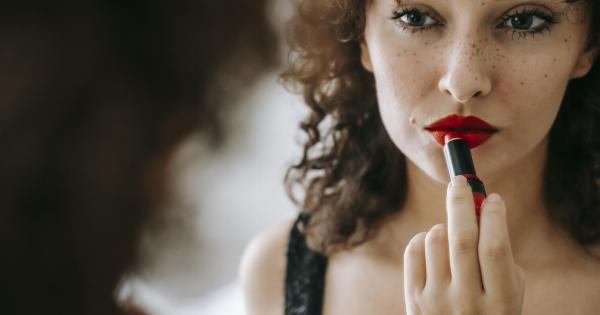Most women with long hair, whether it is curly or straight, have a hair straightener in their beauty arsenal.
But did you know that using a hair straightener regularly can increase your risk of uterine cancer? A study conducted in 2018 by NIH found that women who regularly use hair straighteners have a higher risk of developing uterine cancer than those who do not.
What are Hair Straighteners?
Hair straighteners use high heat to straighten hair. They work by breaking down the hydrogen bonds in the hair shaft, which allows the hair to be reshaped. The heat generated by hair straighteners can range from 250 to 400 degrees Fahrenheit.
Higher temperatures provide a faster straightening result, but they also increase the risk of hair damage and a higher risk of developing uterine cancer.
Uterine Cancer and Hair Straighteners
Several studies have found a link between hair straightener use and the risk of developing uterine cancer.
A study by the National Cancer Institute (NCI) found that using hair straighteners once a week or more increased the risk of uterine cancer by 18%. The study also found that black women who used hair straighteners were at a higher risk of developing uterine cancer than white women.
A similar study conducted in 2018, which included more than 50,000 women, reported that women who used hair straighteners more than 5 times a year had a 30% higher risk of uterine cancer compared to those who never used them.
Why Does Using Hair Straighteners Increase the Risk of Uterine Cancer?
The chemicals found in many hair straighteners, such as formaldehyde, have been linked to an increased risk of cancer.
Formaldehyde is classified as a human carcinogen by the International Agency for Research on Cancer (IARC), which is part of the World Health Organization (WHO). When formaldehyde is inhaled or absorbed through the skin, it can cause DNA damage that leads to cancer. Formaldehyde is also a reproductive toxin and has been linked to an increased risk of infertility and birth defects.
Another chemical found in hair straighteners is keratin, a protein that is found in hair, nails, and skin.
Keratin itself is not harmful, but when it is heated to high temperatures, it can release toxic fumes that can be inhaled and absorbed through the skin, which also increases the risk of cancer.
How to Protect Yourself
If you must use a hair straightener, there are some steps you can take to protect yourself from the harmful effects of the heat and chemicals.
Choose A Formaldehyde-Free Hair Straightener
Formaldehyde-free hair straighteners are available in the market today. Choose one that does not contain any of the harmful chemicals that could damage your health.
Use A Heat Protectant Spray
Applying heat protectant spray can help protect your hair from the high temperature of the hair straightener.
It can also help to create a barrier between your skin and the hair straightener’s heat to shield yourself from exposure to the harmful fumes.
Do Not Use Hair Straighteners Regularly
Limit your use of hair straighteners to only when you need to. Avoid using them daily to lessen your risk of developing uterine cancer.
You can try alternate hair straightening solutions, such as hair rollers or blow-drying if you want to change up your look now and then.
Conclusion
Hair straightening can be a convenient way to style your hair and give you a new look.
However, using hair straighteners on a regular basis can have harmful effects on your health, especially when it comes to increasing your risk of developing uterine cancer. If you must use a hair straightener, be sure to use a formaldehyde-free hair straightener, use heat protectant spray, and limit your use to help protect your health and reduce your risk of cancer.




























